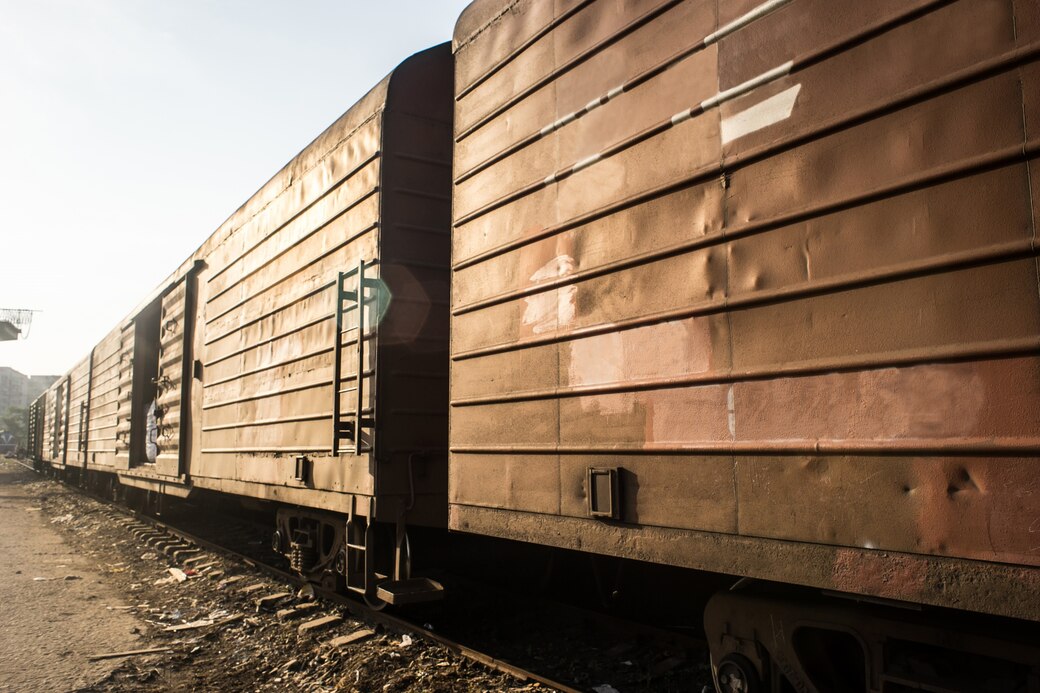In supply chain management, transloading is a crucial component. Moreover, it helps to optimize the movement of goods and reduce transportation costs. While shipments continue to arrive at their final destinations quickly and economically, it enables logistics companies to adjust to fluctuations in demand and unforeseen logistical obstacles.
Understanding Railcar Transloading:
Railcar transloading, also known as intermodal transfer, is the process of transferring goods from railcars to other transportation modes or vice versa. Moreover, it bridges the gap between the rail and trucking industries.
Hence, allowing for the efficient movement of goods over long distances. Railcar transloading facilities are strategically located at key transportation hubs. Furthermore, facilitates the easy transfer and distribution of goods to their final destinations.
The Railcar Transloading Process:
Unloading:
The first step in railcar transloading is unloading the goods from the railcar. Specialized equipment, such as cranes, forklifts, or conveyor systems, is used to unload the cargo safely and efficiently.
Storage:
After unloading, the goods are temporarily stored at the transloading facility. Moreover, this storage period allows for sorting, quality control checks, and consolidation if necessary.
Transfer:
Once the goods are ready for onward transportation, they are transferred from the railcar to the desired mode of transportation.
This could involve loading the goods onto trucks, ships, or even pipelines, depending on the destination and the nature of the cargo.
Documentation:
During the transloading process, proper documentation and paperwork are essential. This includes verifying the cargo, preparing shipping documents, and complying with any regulatory requirements.
Delivery:
Finally, the goods are transported to their final destination using the appropriate mode of transportation. Moreover, railcar transloading provides the flexibility to choose the most efficient and cost-effective method.
Hence, this is based on the nature of the cargo, distance, and customer requirements.
Benefits of Railcar Transloading:
Firstly, railcar transloading allows for seamless transportation across multiple modes, optimizing logistics operations. It enables the use of both rail and road networks, leveraging the strengths of each to create a more efficient supply chain. This flexibility reduces transit times, minimizes congestion, and ultimately improves overall operational efficiency.
Secondly, rail networks often extend to areas that may not have direct access to other modes of transportation. By utilizing railcar transloading, businesses can reach remote or underserved regions more effectively, expanding their market reach and customer base.
Thirdly, rail transportation is often more cost-effective than other modes, especially for long-distance hauls. Railcar transloading provides the flexibility to take advantage of the economical rail segment while efficiently distributing goods to their final destinations via truck or other modes of transport.
Moreover, railcar transloading facilities are designed to handle a wide range of cargo types, including bulk liquids, hazardous materials, heavy machinery, and agricultural products. The versatility of these facilities makes them suitable for various industries. Thus, ensuring efficient handling and transportation of diverse goods.
Lastly, rail transportation is known for its lower carbon emissions compared to other modes of transport, such as trucking. Furthermore, businesses can reduce their carbon footprint and contribute to a more sustainable future.
Applications and Industries:
- Railcar transloading allows for the efficient transportation of crude oil, petroleum products, and natural gas liquids from production sites to refineries or storage facilities.
- The agricultural industry relies on railcar transloading to transport crops, livestock feed, and other agricultural products across vast distances.
- Chemical manufacturers and distributors utilize railcar transloading to transport chemicals safely and efficiently, adhering to strict regulations.
- Heavy machinery and bulk materials, such as aggregates or minerals, are easily transported via railcar transloading. Hence, facilitating large-scale construction and mining operations.






